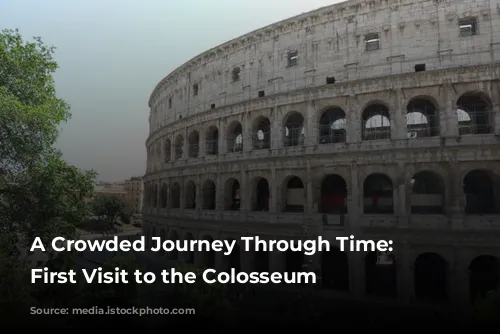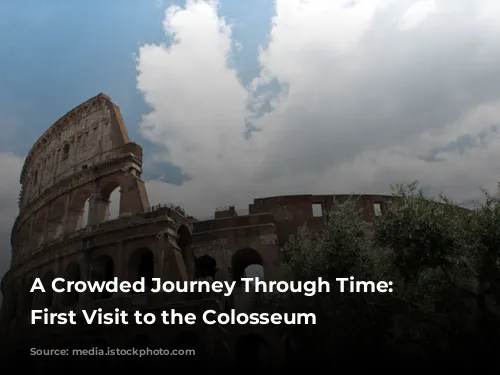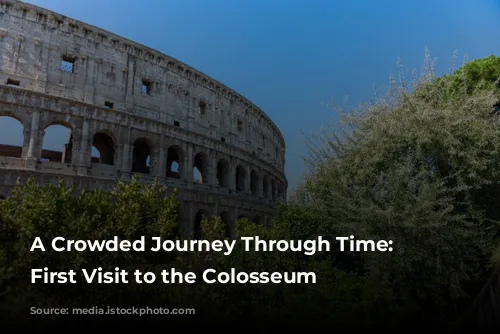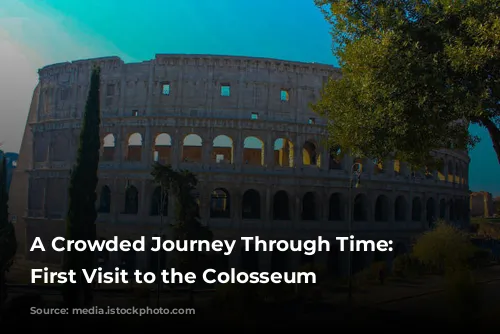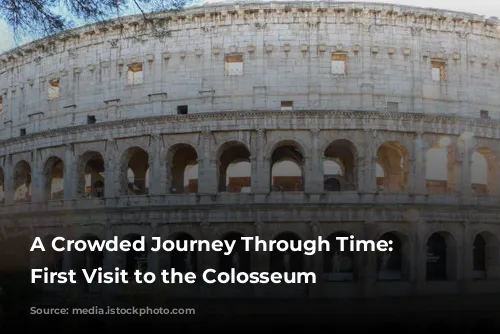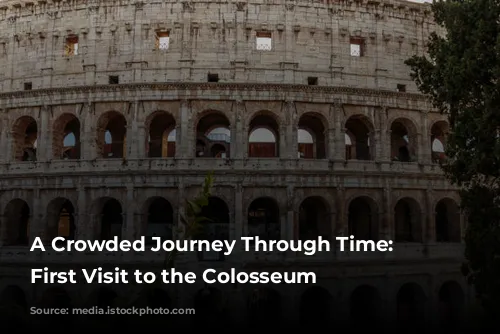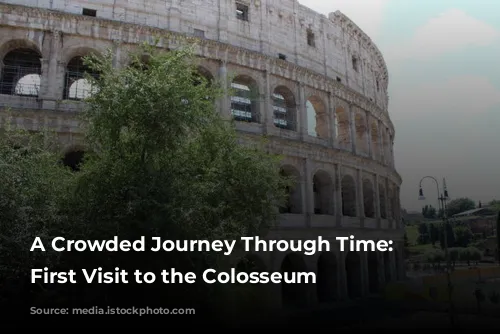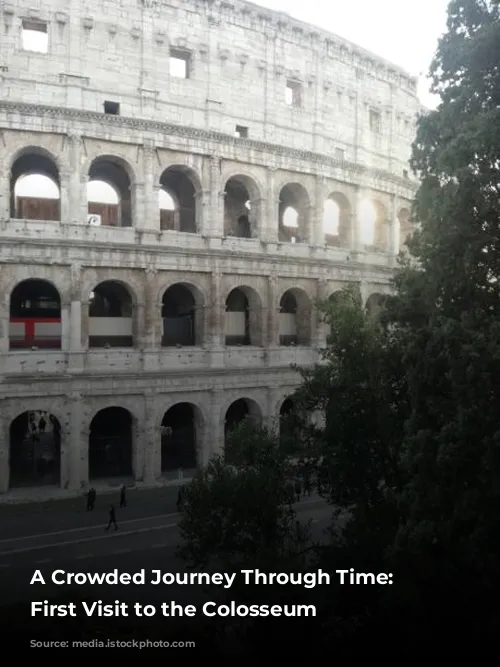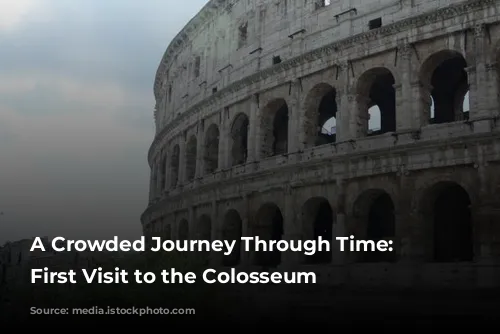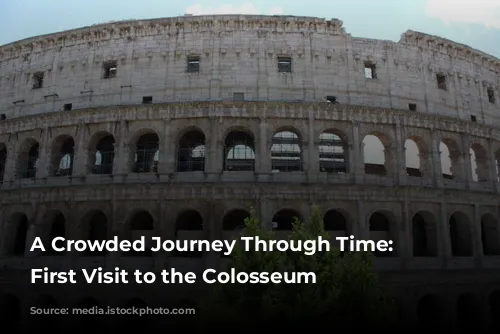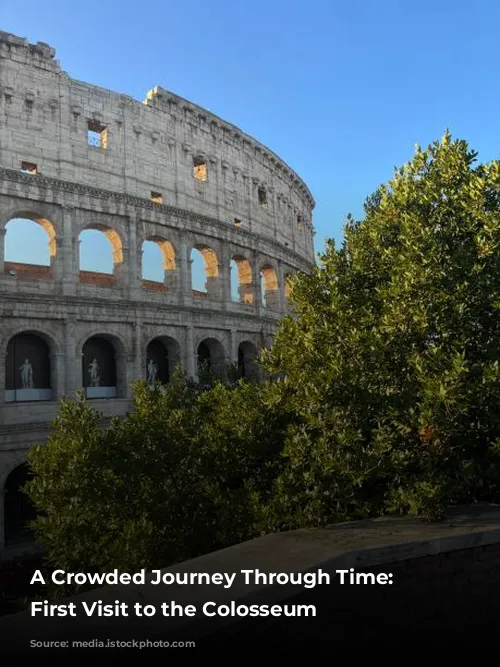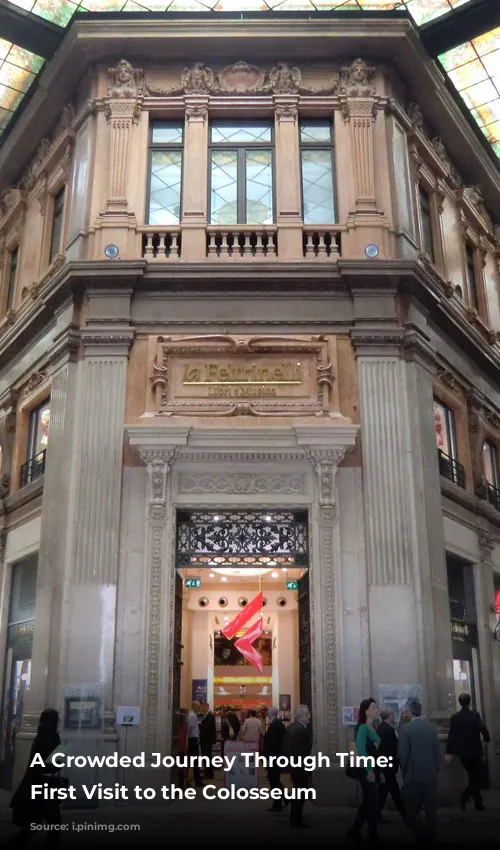The Colosseum, a majestic 2,000-year-old amphitheater in Rome, is a beacon for history buffs and tourists alike. It stands as a testament to the grandeur of the Roman Empire, drawing millions of visitors each year. This iconic structure, built between AD 72 and 80, once echoed with the roars of the crowd as gladiators clashed in brutal battles. However, time has left its mark, and the Colosseum has endured neglect, earthquakes, and the ravages of war, leading to its partial destruction. Thankfully, restoration efforts began in the 1990s, ensuring that this monument to the past would continue to inspire awe in generations to come.
I eagerly awaited my first visit to the Colosseum in October 2022, hoping for a stress-free journey back in time. To avoid the notorious queues, I pre-booked a skip-the-line ticket, allowing me to enter the historic site at my leisure. This seemingly convenient solution, however, set the stage for an unexpected adventure.
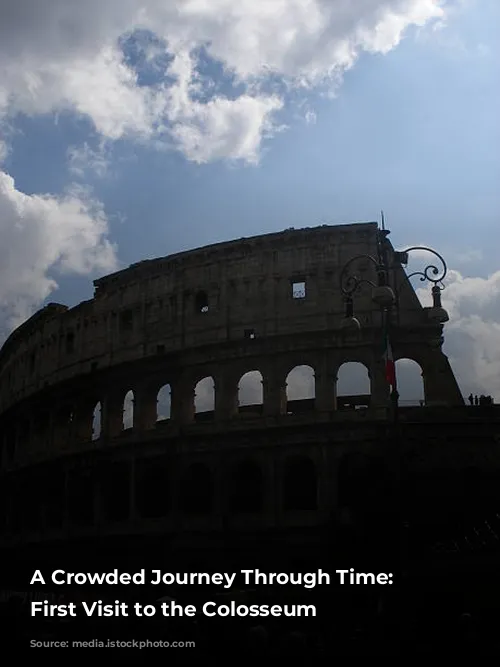
The Crowds Begin to Gather
As I approached the Colosseum, my anticipation gave way to a growing sense of unease. The streets, once bustling with Roman life, were now teeming with tourists. Every sidewalk seemed to be a battleground for photographers, eager to capture the perfect shot. The journey to the Colosseum became a frustrating obstacle course, a far cry from the peaceful exploration I had envisioned.
The anticipation of my 12 p.m. entry time fueled my anxiety. The piazza, normally a grand space, felt like a maze of people. I was on a mission to find the designated meeting point, marked by a small black flag. With the clock ticking, I found myself navigating a sea of faces, desperately searching for the flag. The chaos of the crowd threatened to engulf me, and my initial excitement transformed into a nervous dread. The frustration of this search lingered long after I eventually found the flag, leaving me wondering if this experience was worth the hassle.
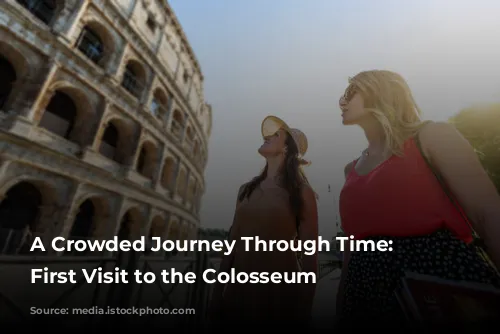
A Clash of Cultures: Inside the Colosseum
Finally, I made my way inside the Colosseum, ready to immerse myself in history. But even within the ancient walls, the crowds were relentless. A simple visit to the bathroom became a chaotic ordeal, a stark contrast to the serene history I was hoping to experience. The line resembled a frantic mosh pit, with people jostling and pushing, their impatience evident in their actions. One woman, with her entire tour group in tow, cut in front of a long line, creating a tense atmosphere. And just when I thought it couldn’t get worse, I was shoved forward by a stranger as a stall became available, leaving me stunned and disheartened.
Despite the overwhelming crowds, I managed to catch a glimpse of the arena’s grandeur. However, even this view was marred by the constant jostling and the need to squeeze through a packed crowd just to get a moment’s view. The exhibits, showcasing the Colosseum’s rich history, were equally jam-packed, making a thoughtful exploration impossible.
The Colosseum offered breathtaking views of nearby historical sites, but even these were obscured by the relentless sea of tourists. My hopes of capturing a quiet moment in the heart of Roman history were dashed against the hard reality of the crowds.

A Lesson Learned: The Colosseum in Winter
While my first encounter with the Colosseum was a whirlwind of frustration, it taught me a valuable lesson. The crowds, while inevitable during peak tourist season, can truly overshadow the experience. I learned that sometimes, the best way to truly appreciate history is to seek it out during quieter times. Next time I return to Rome, I’ll venture to the Colosseum during the winter months, hoping for a more peaceful and contemplative journey through history.
